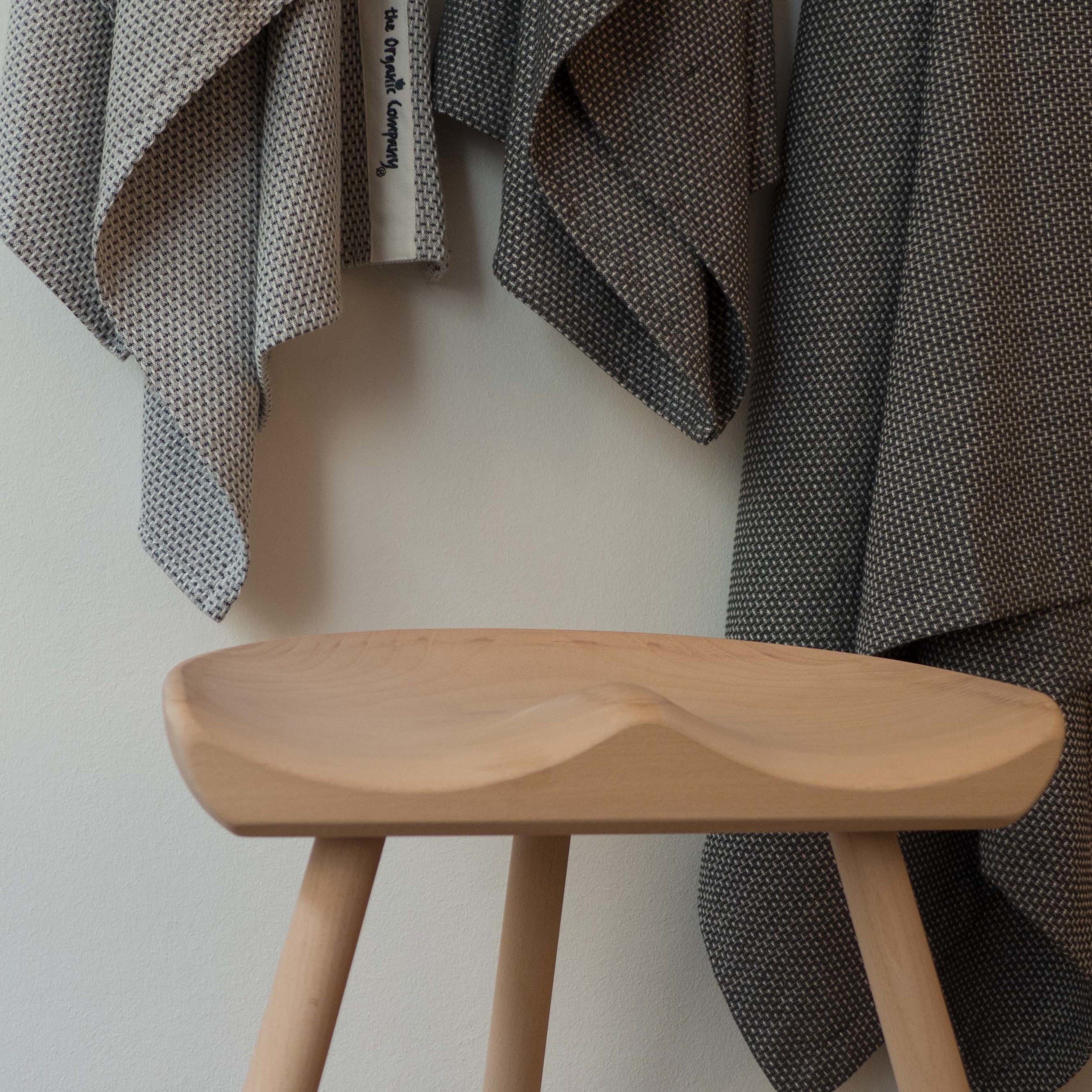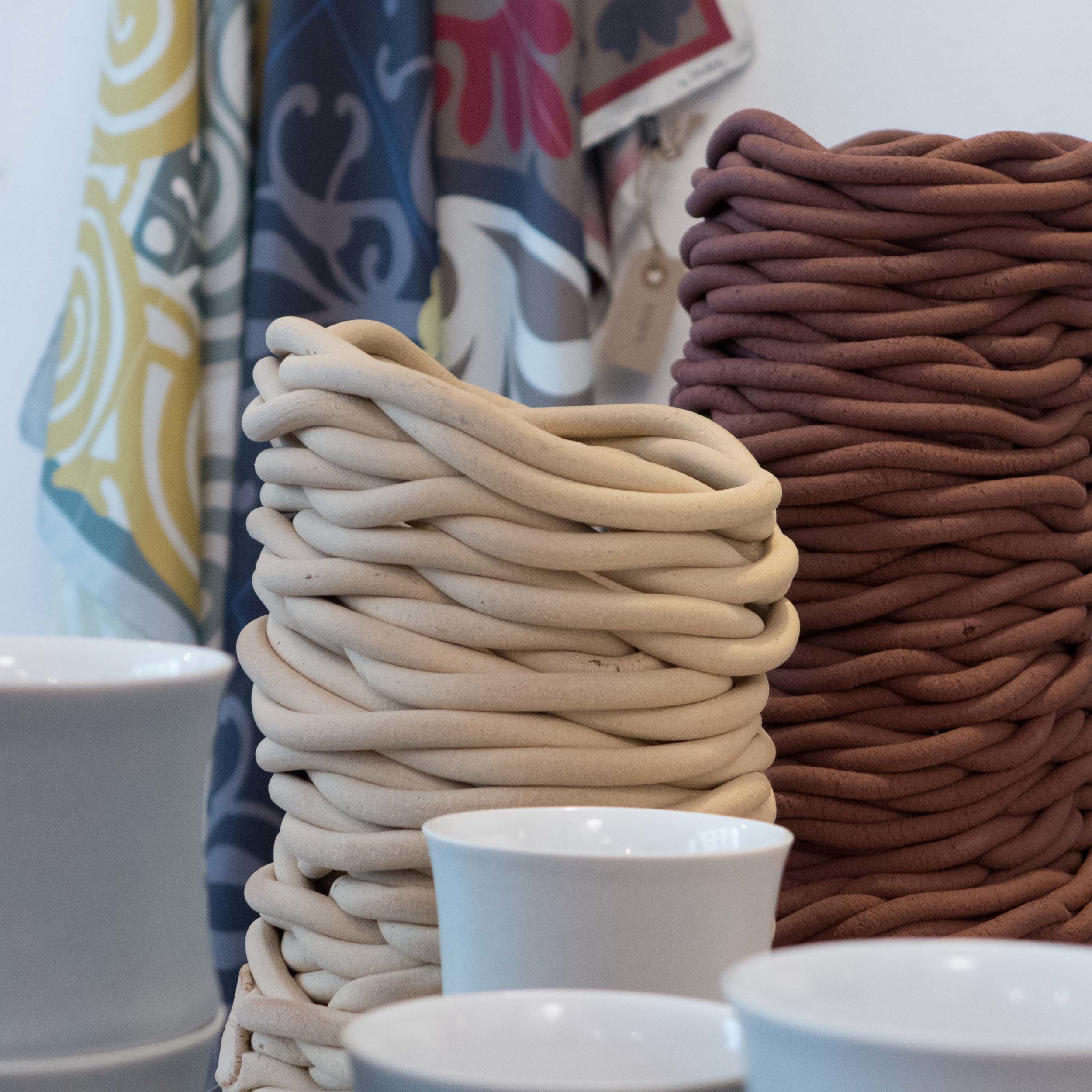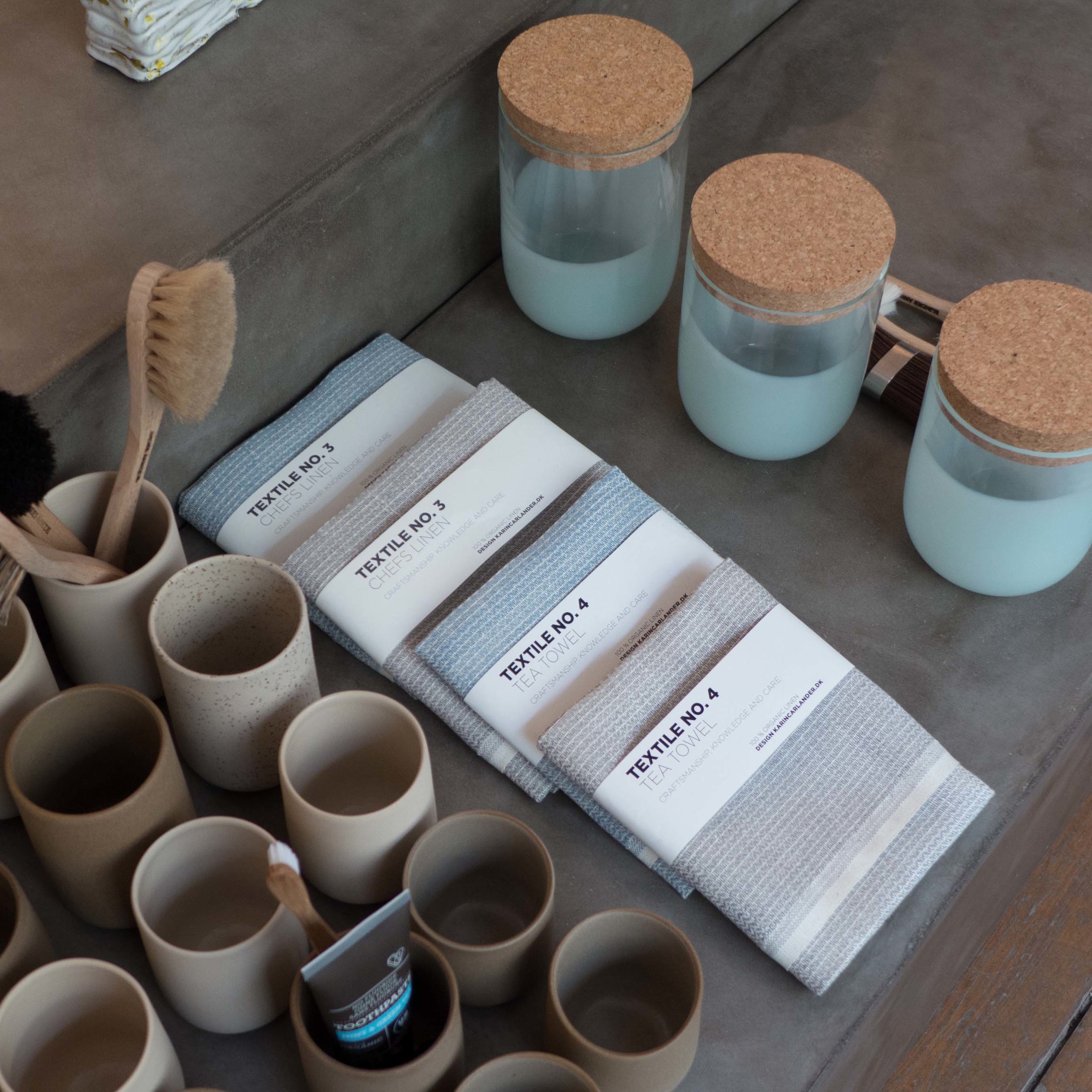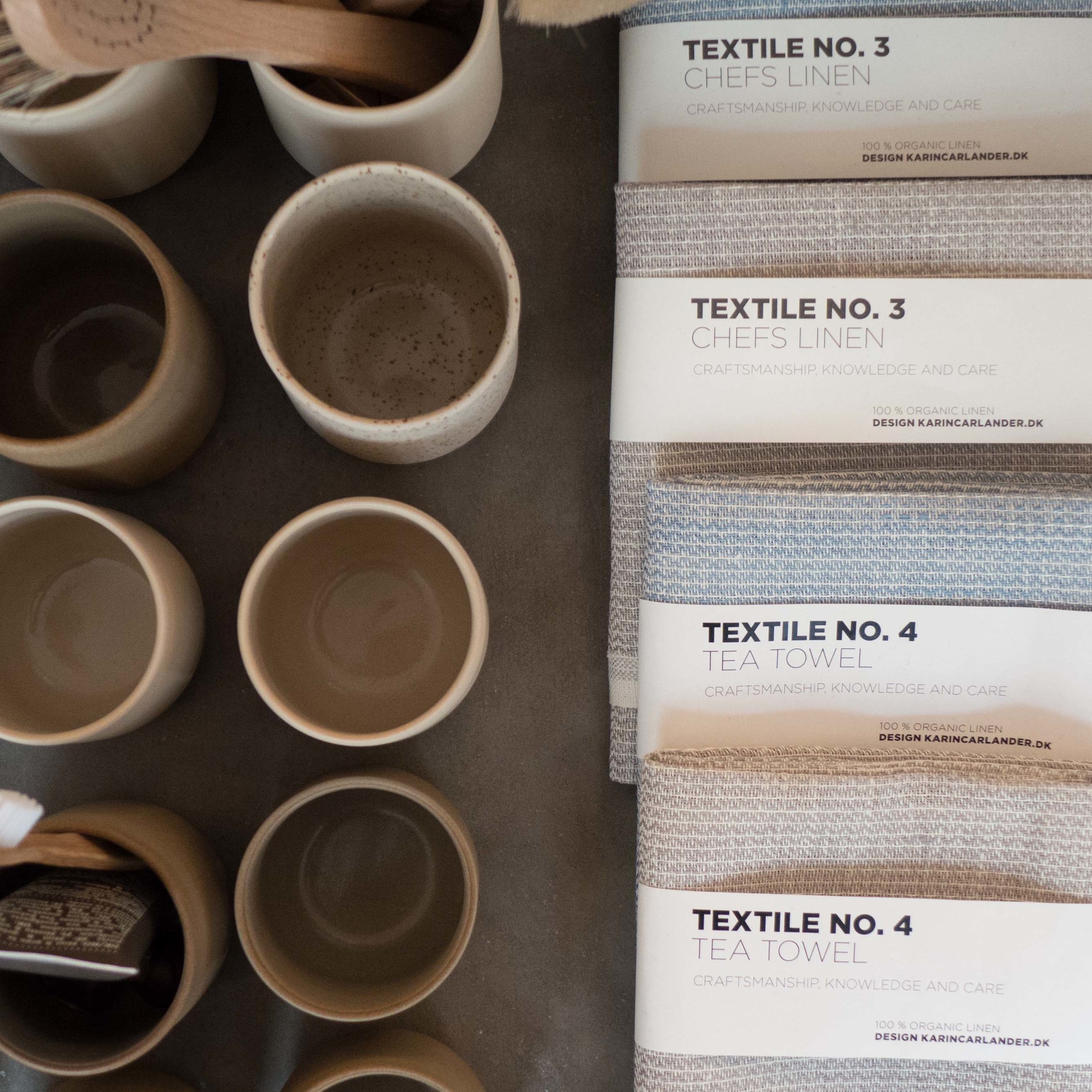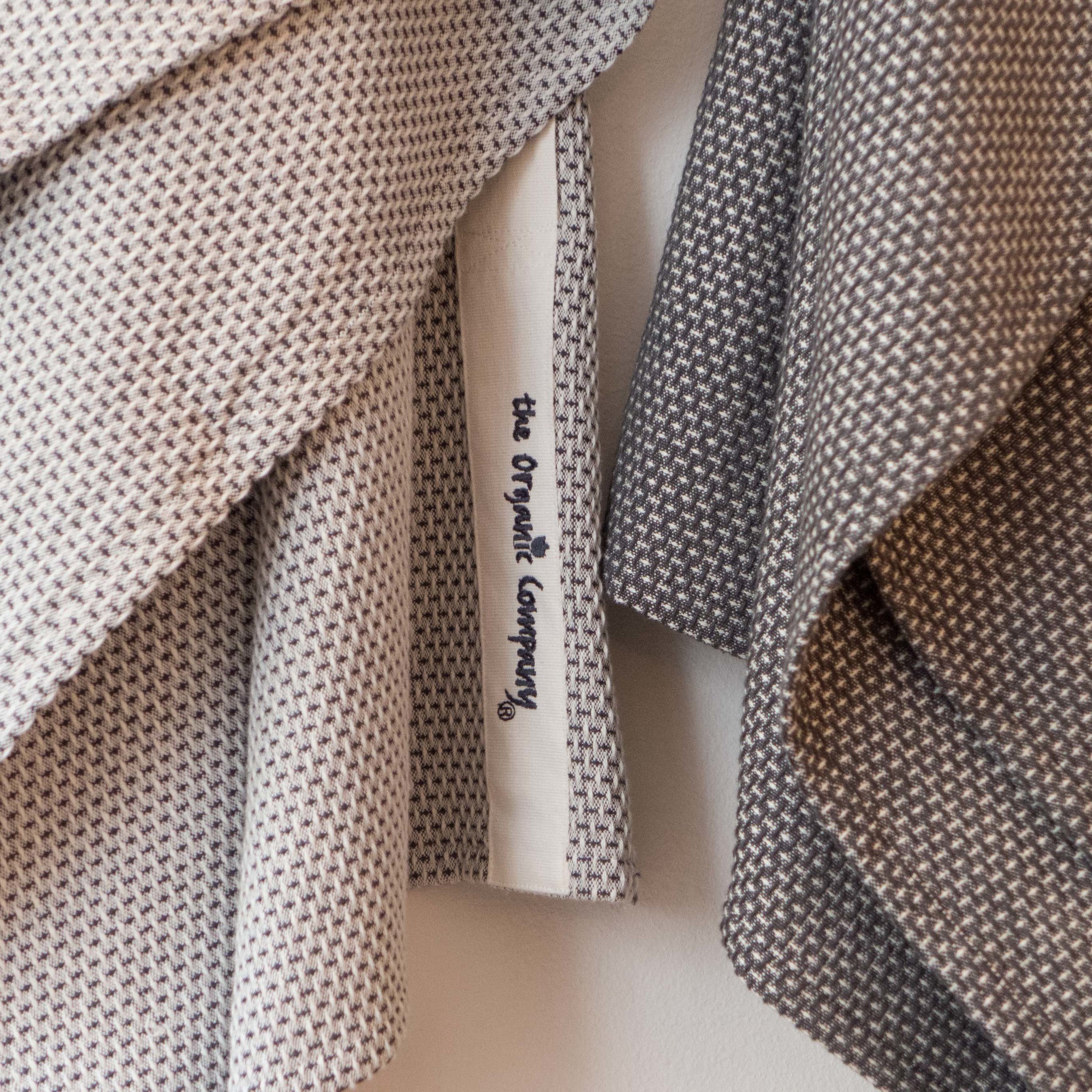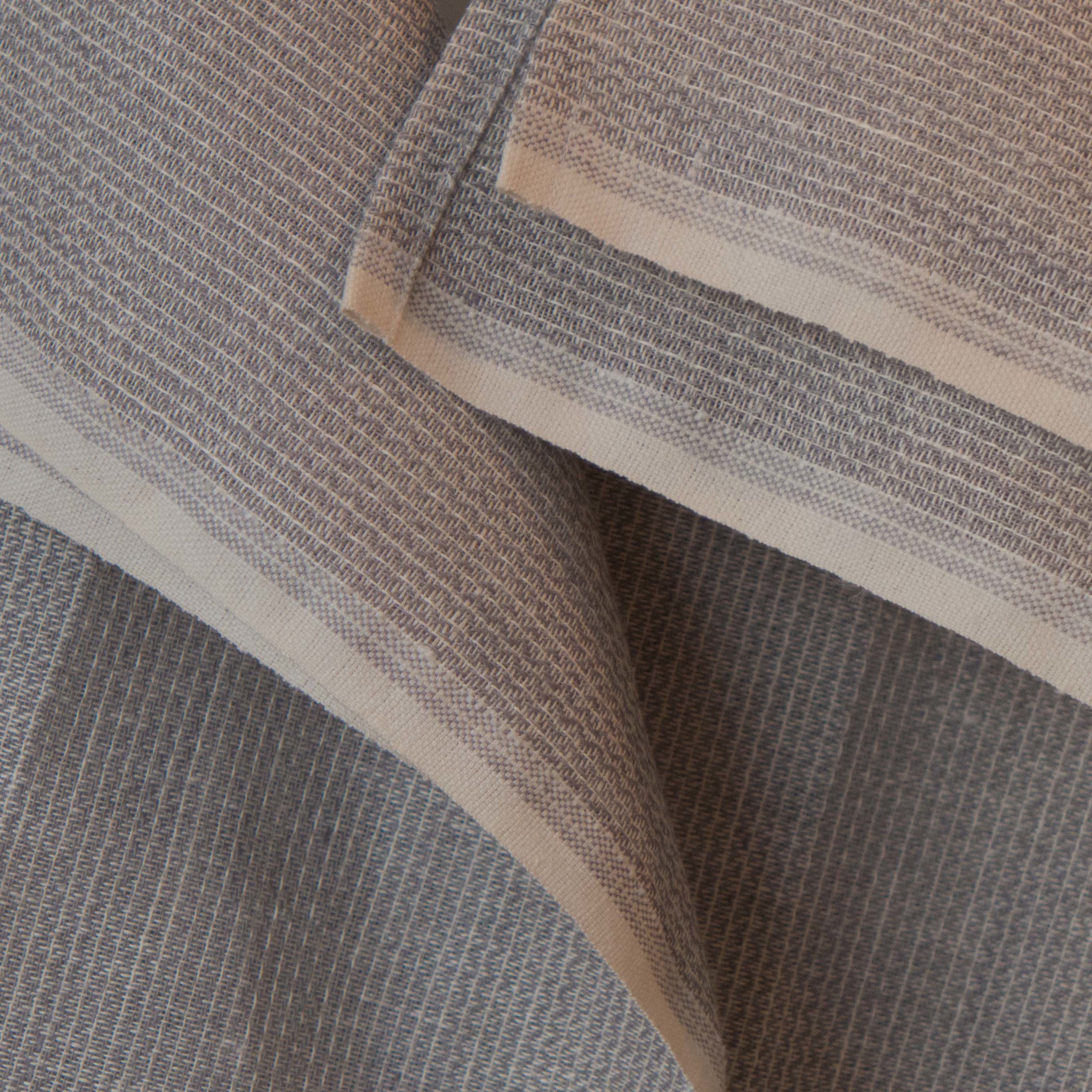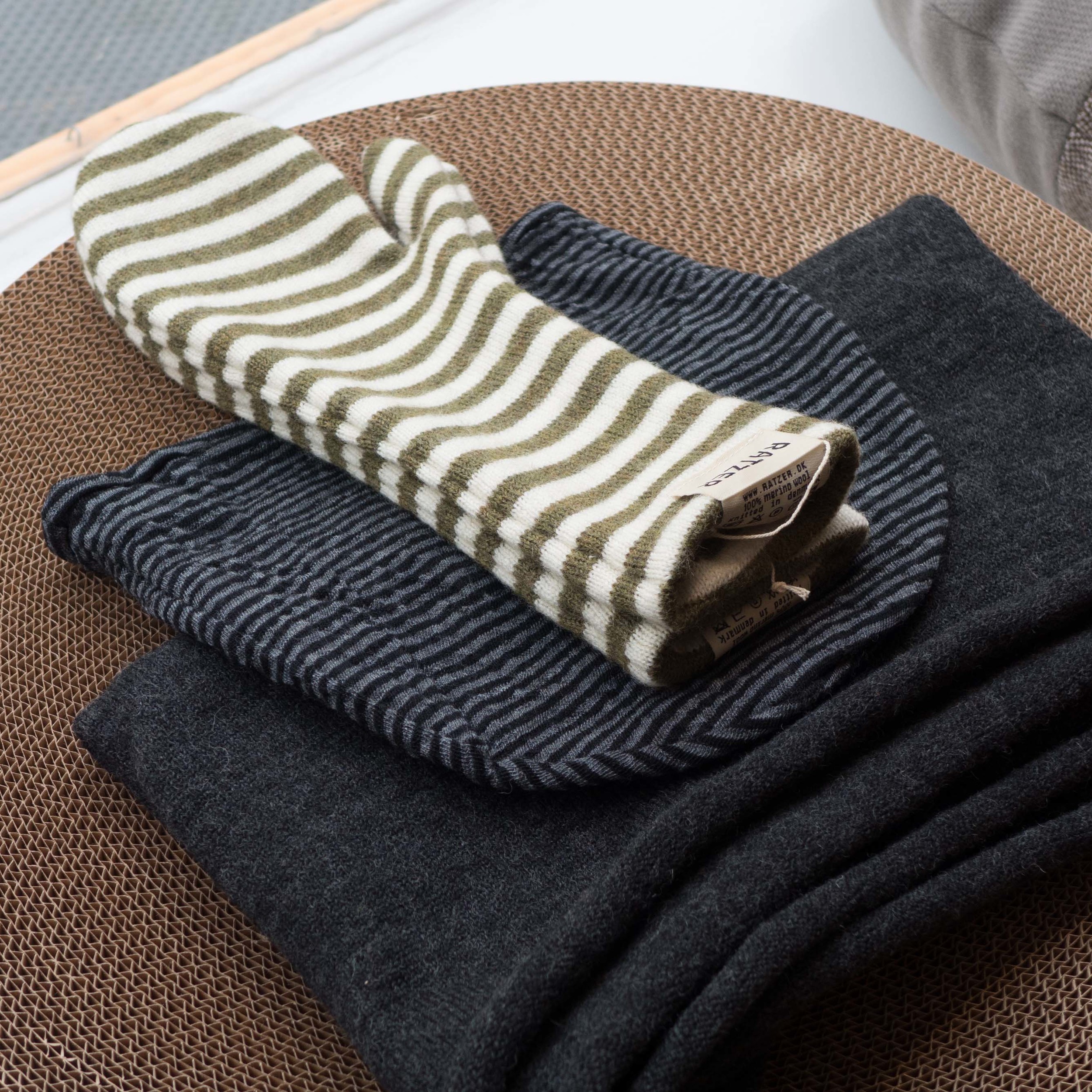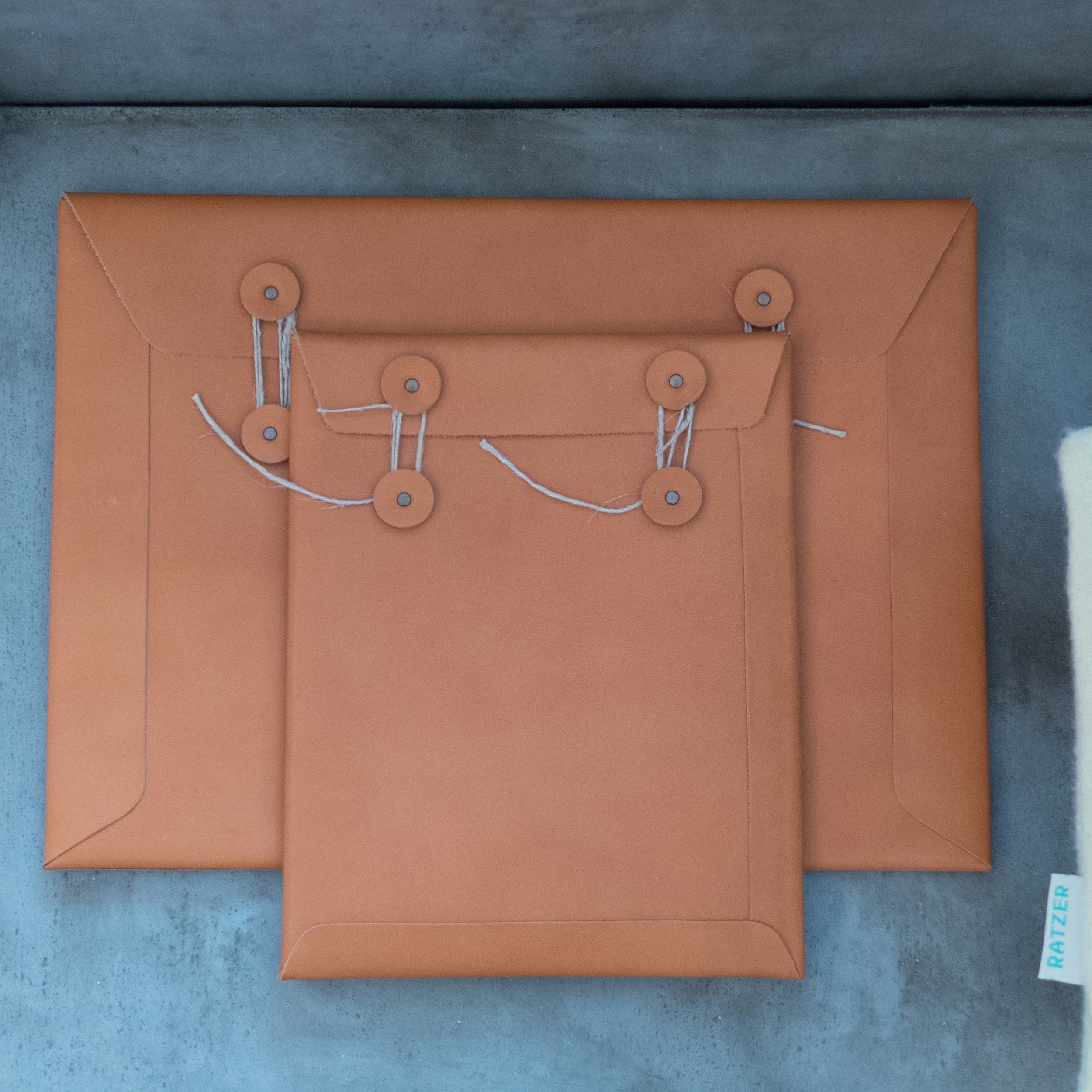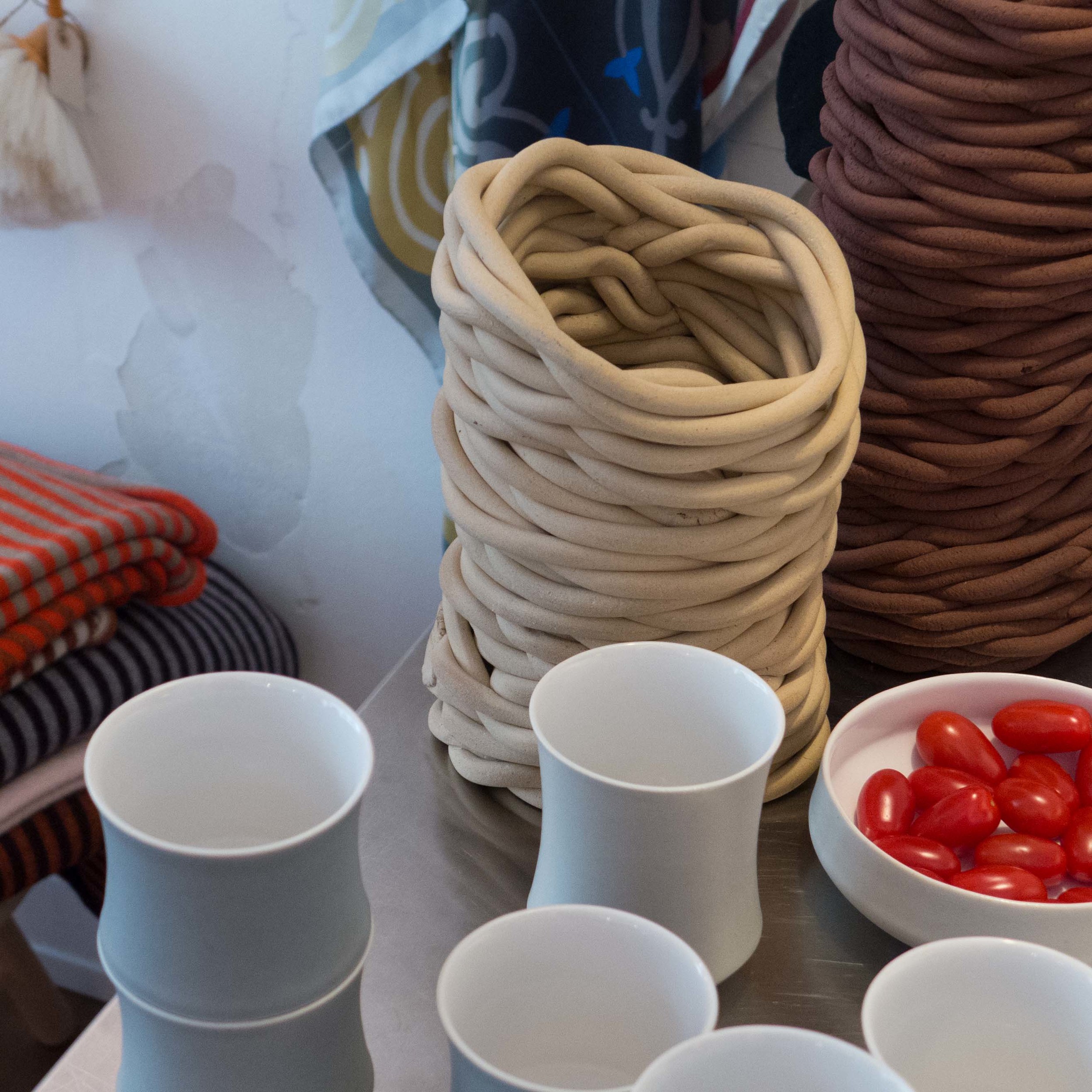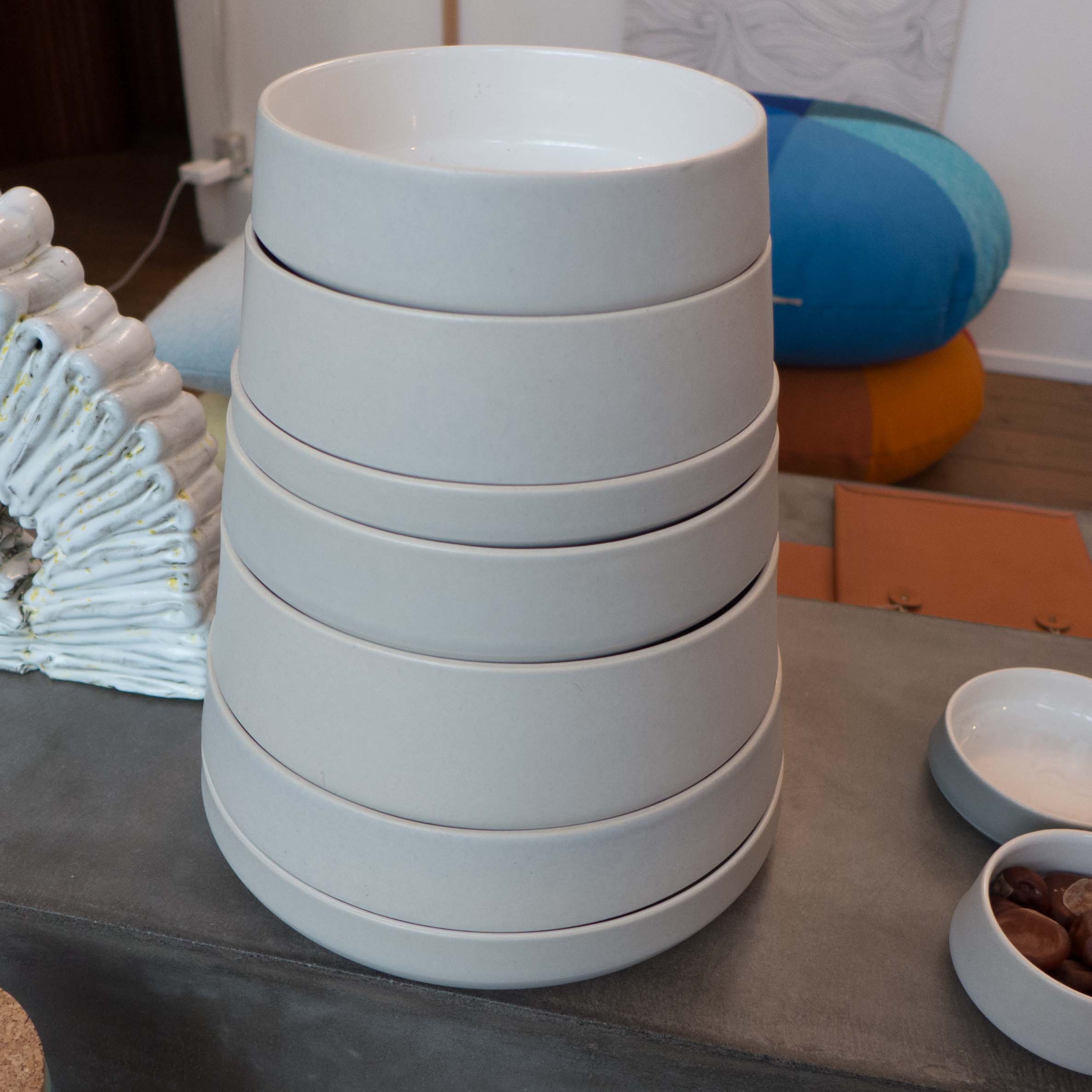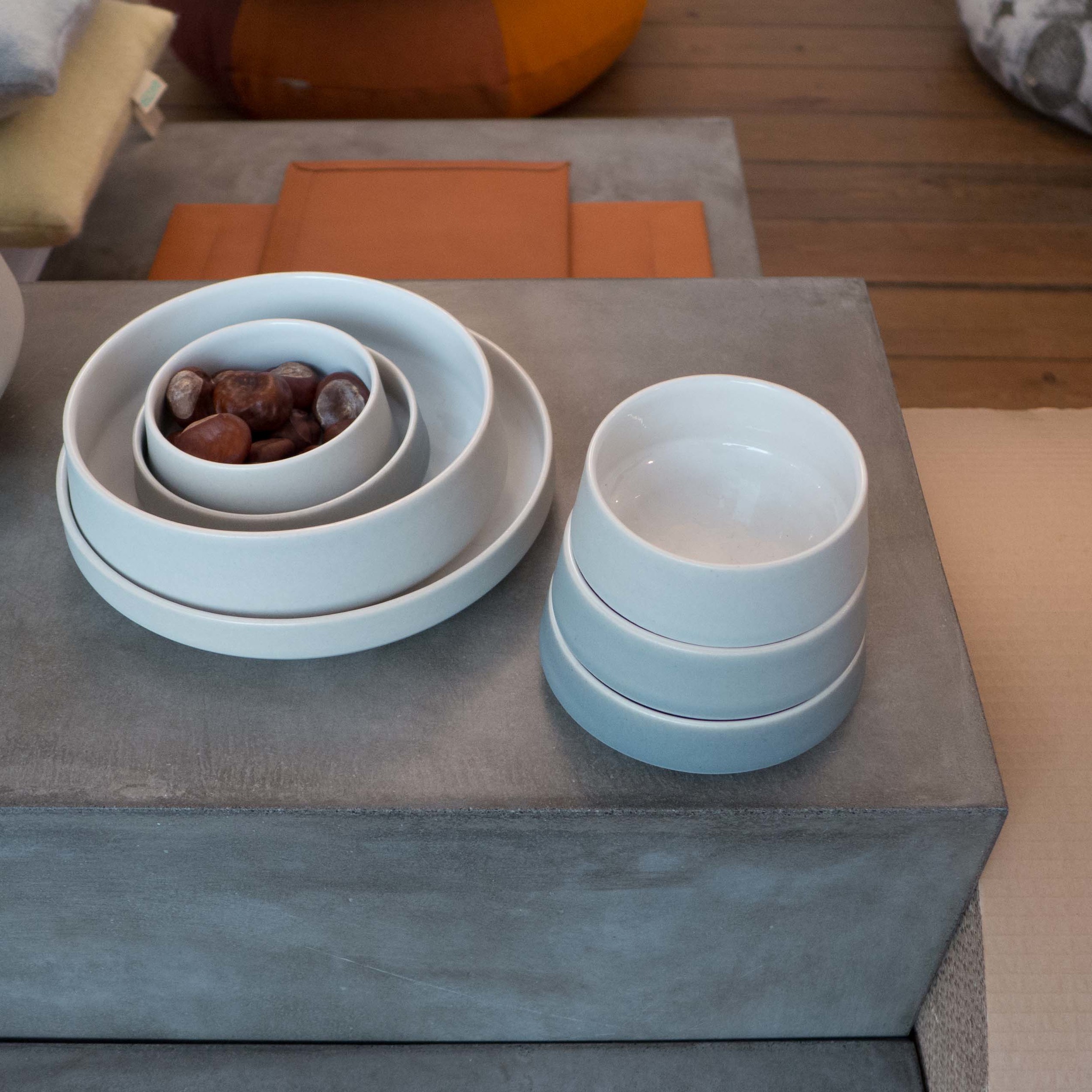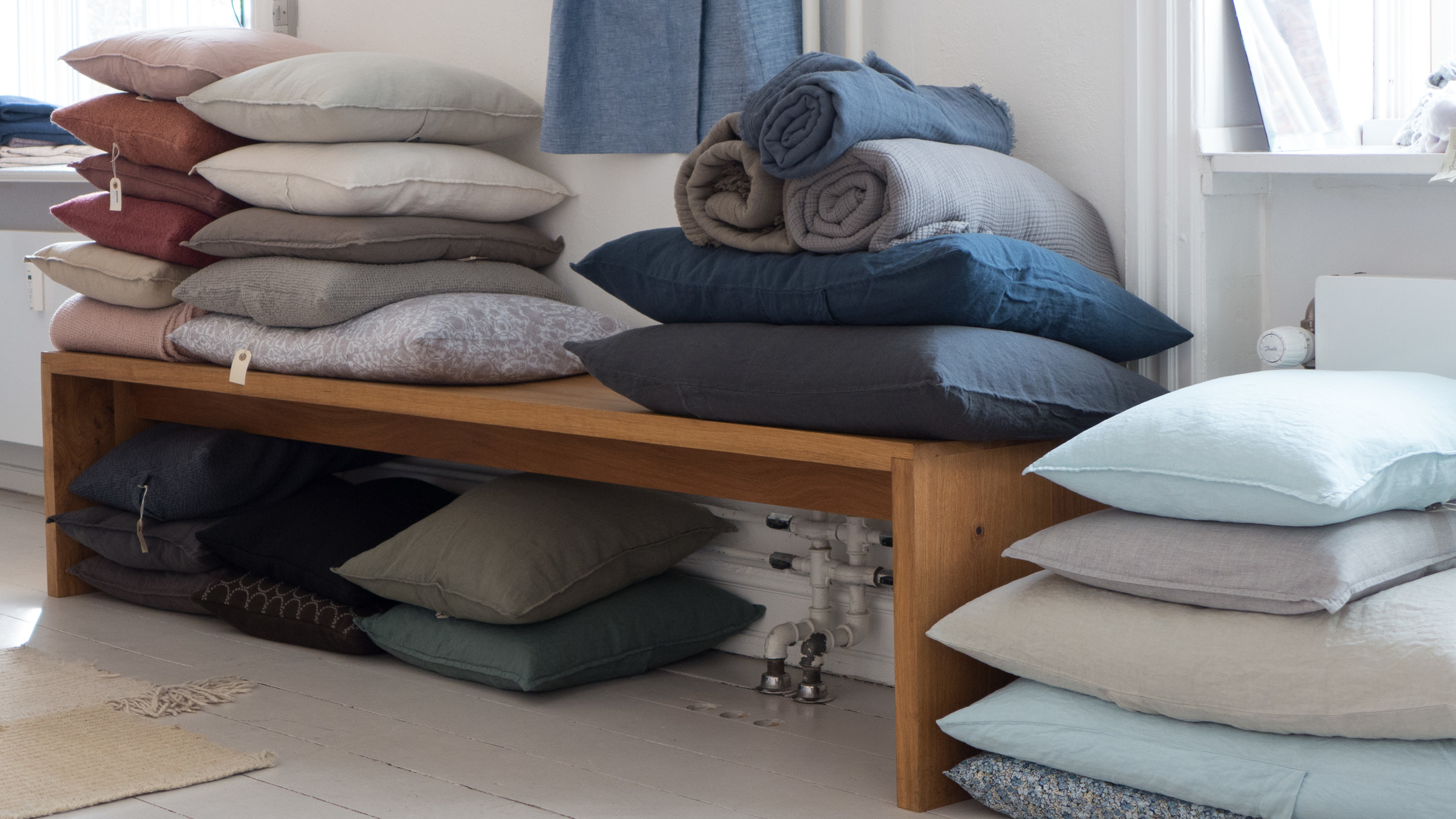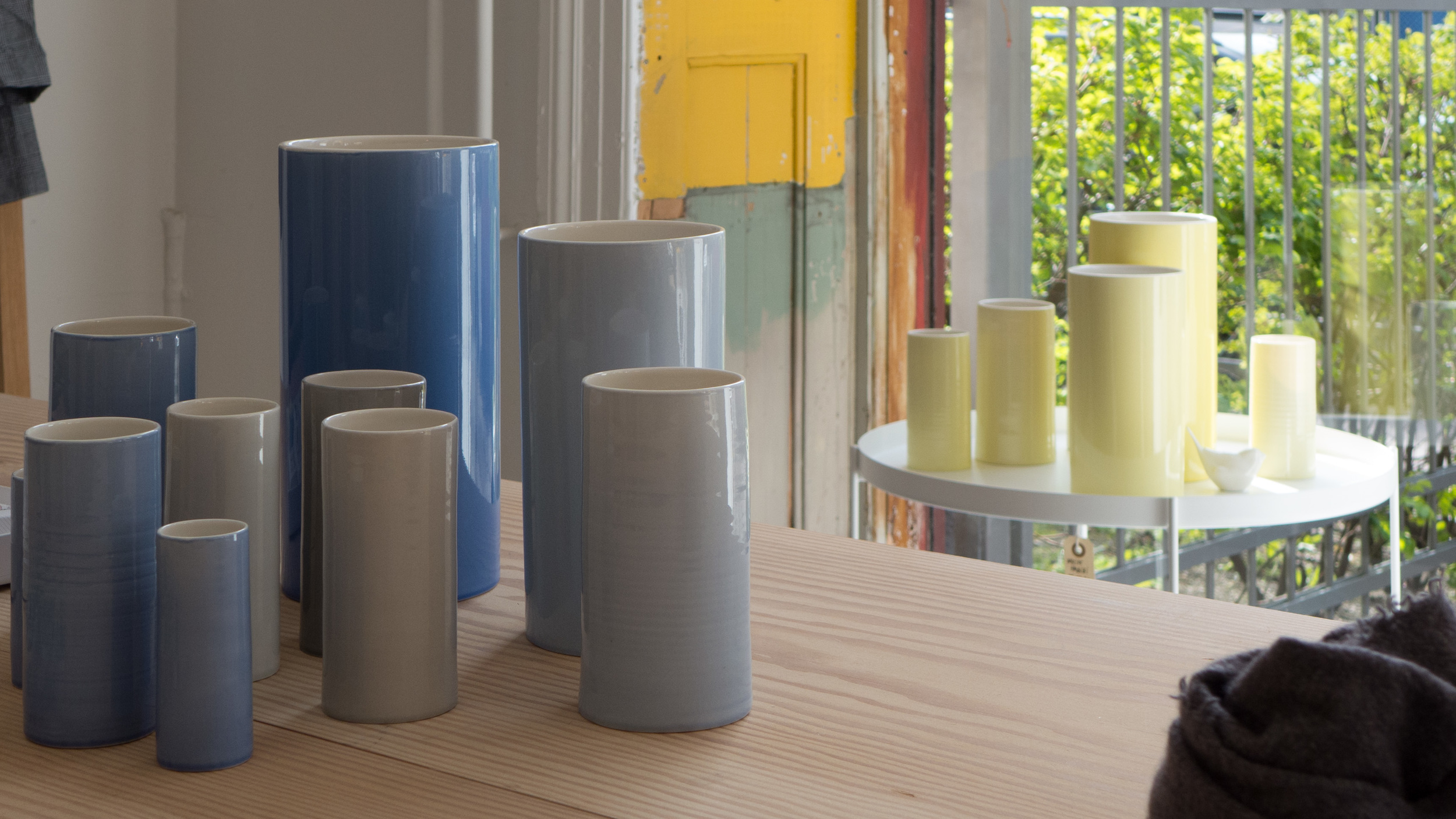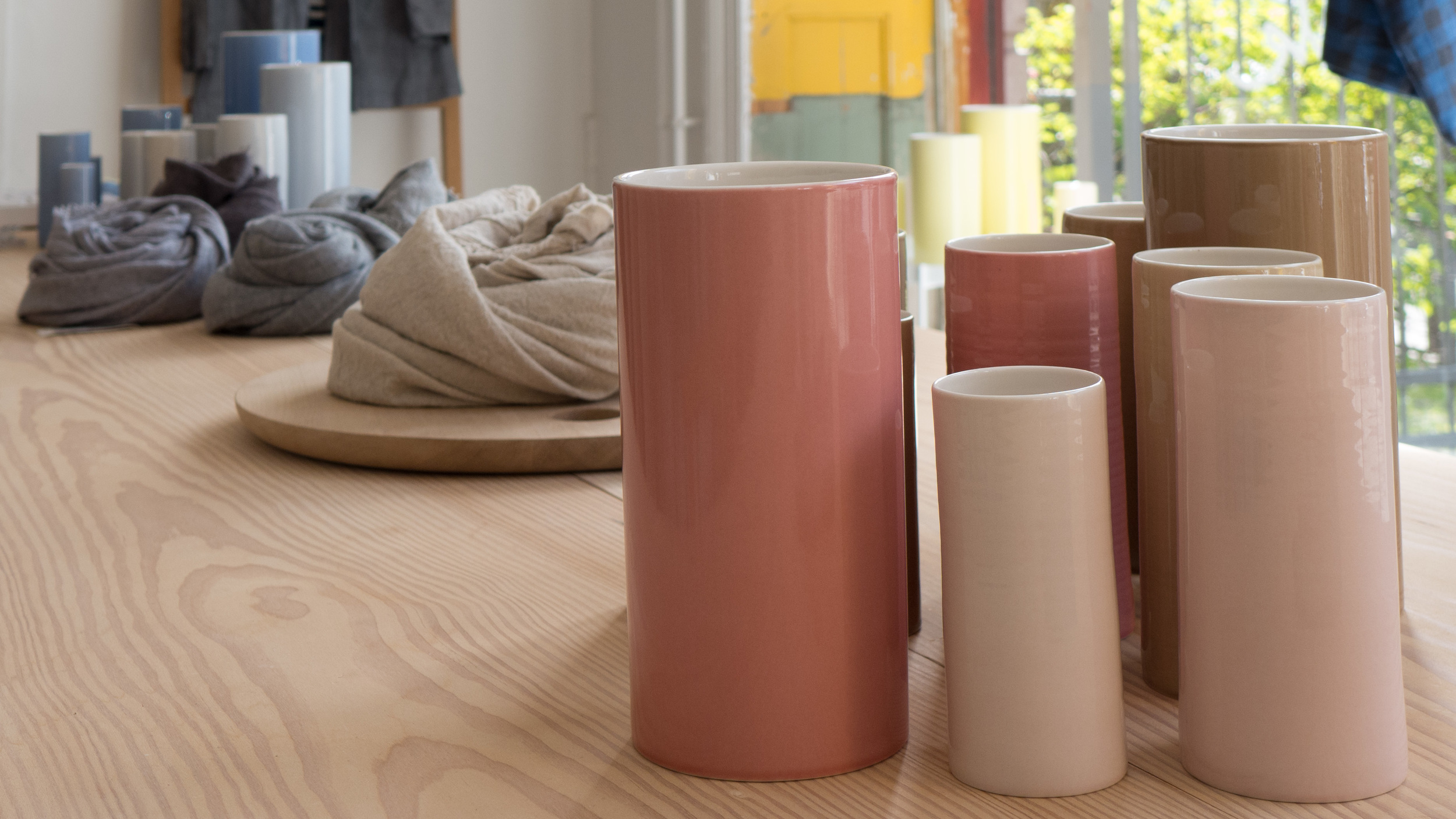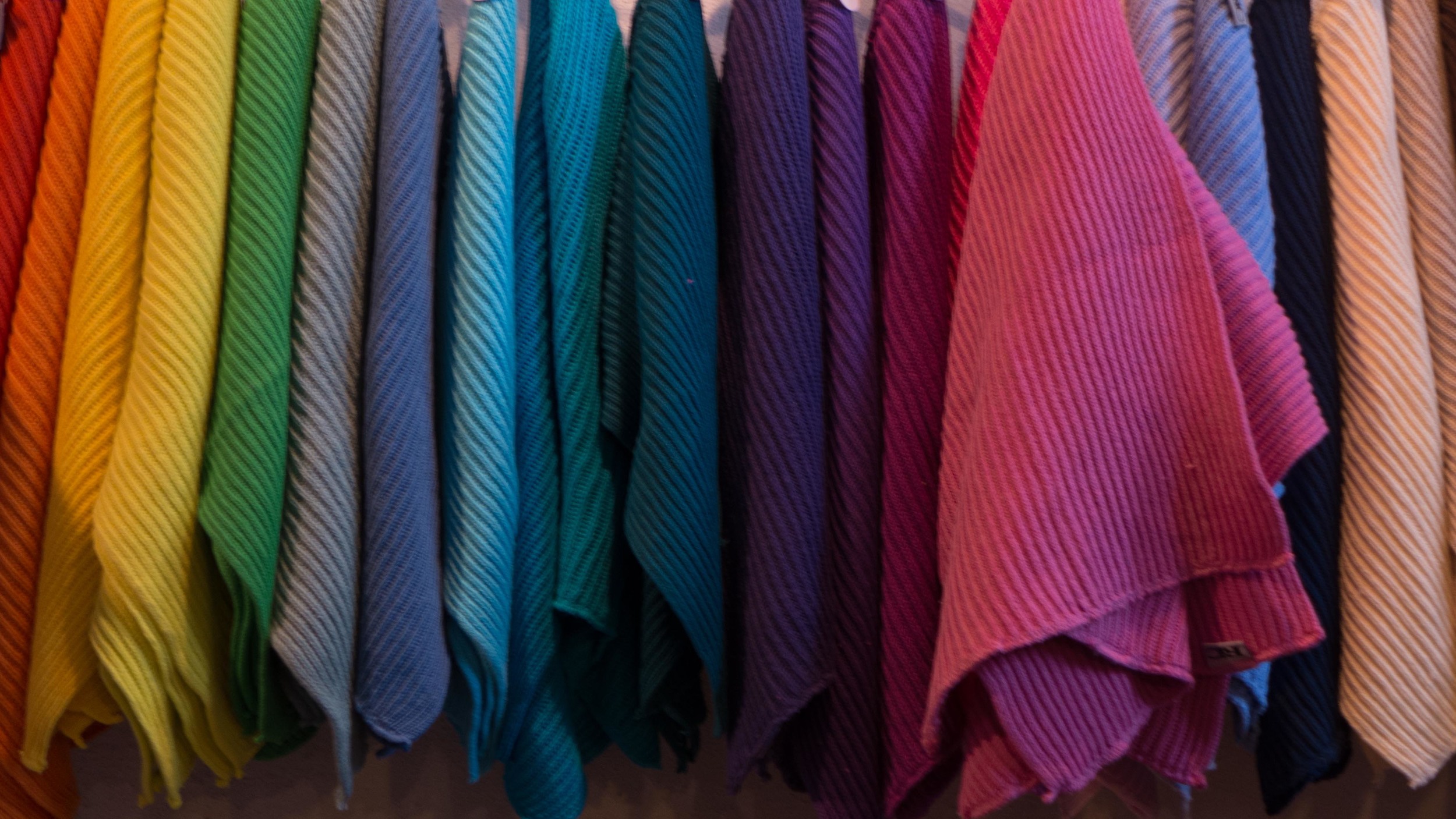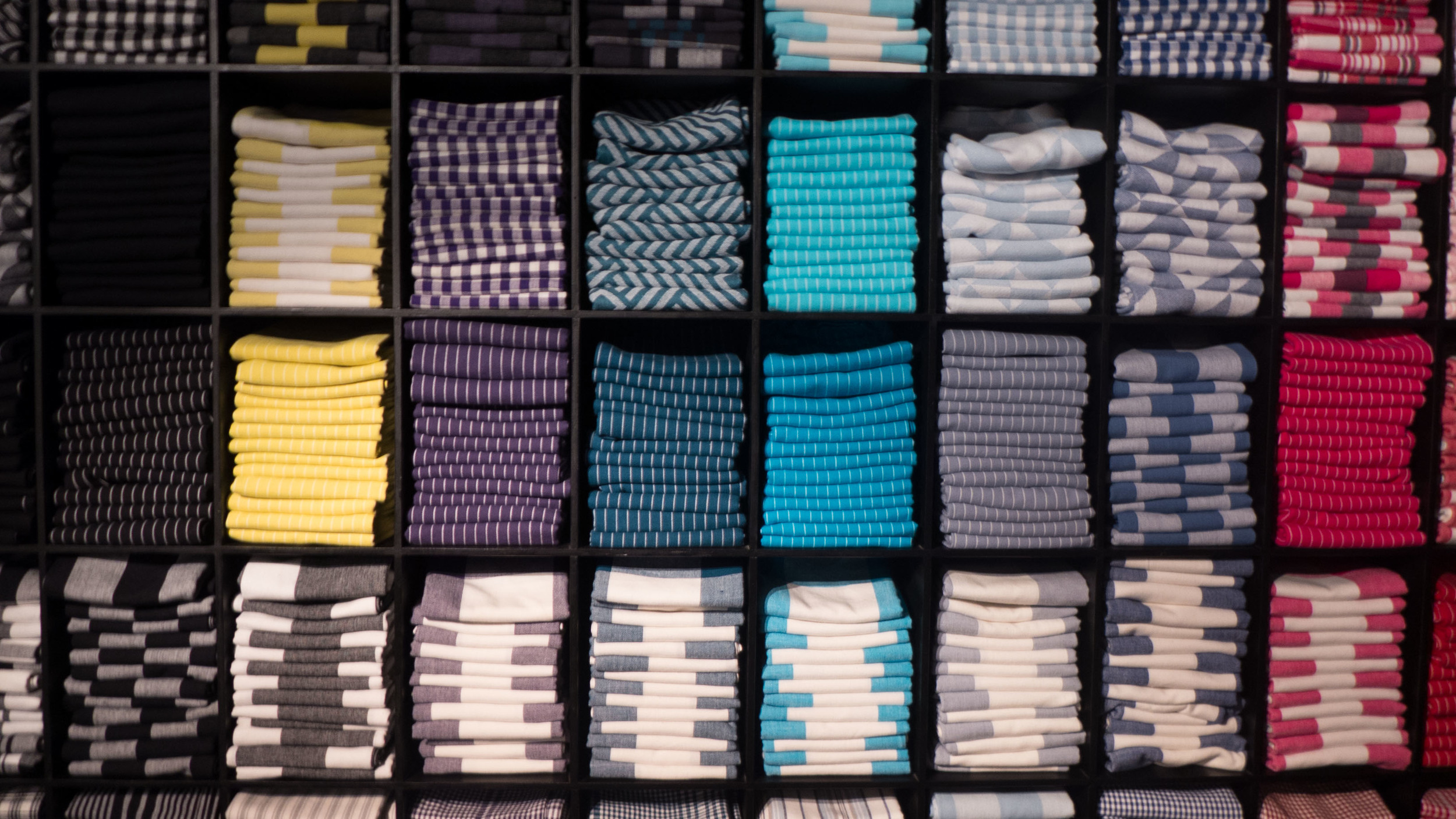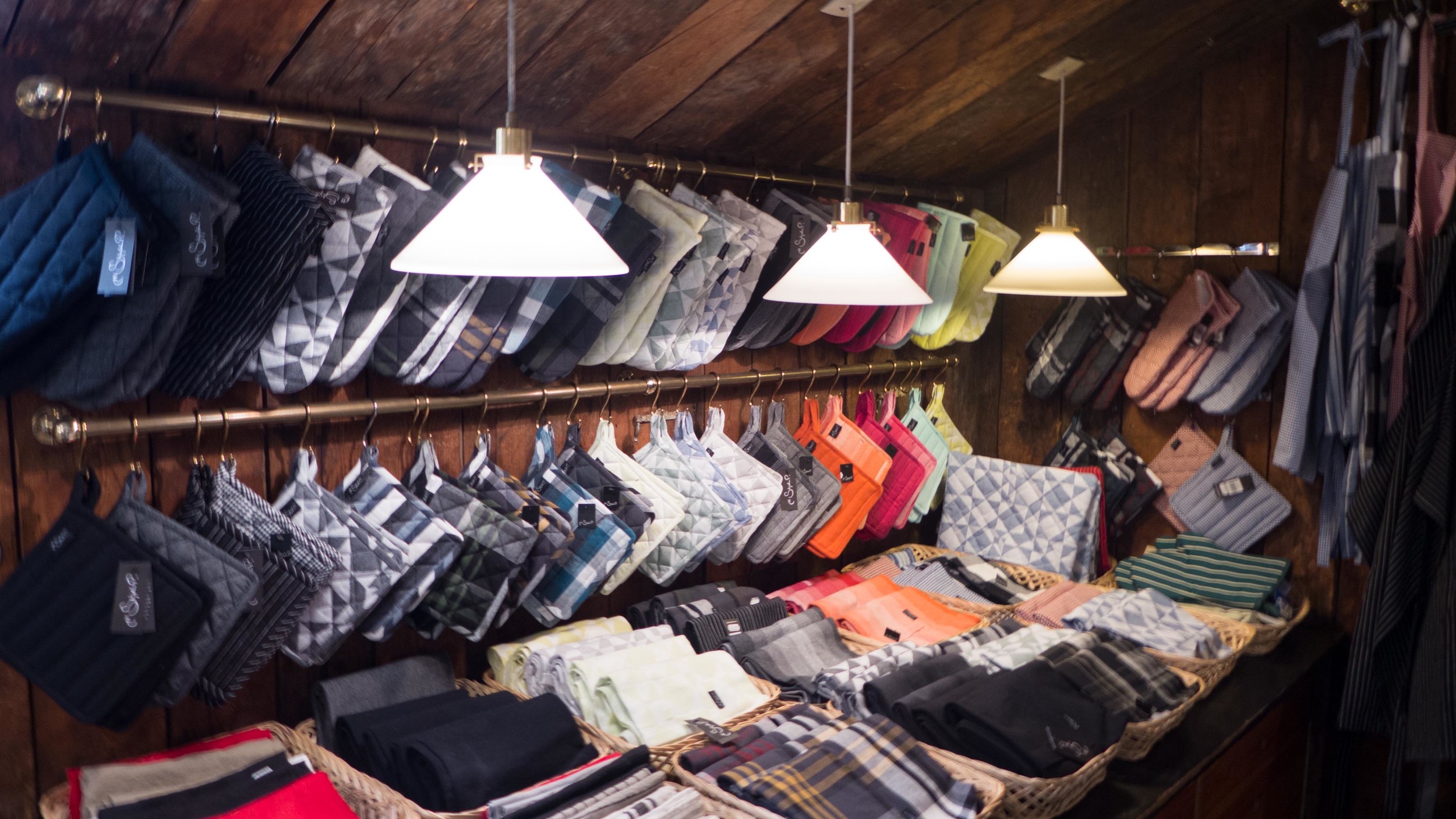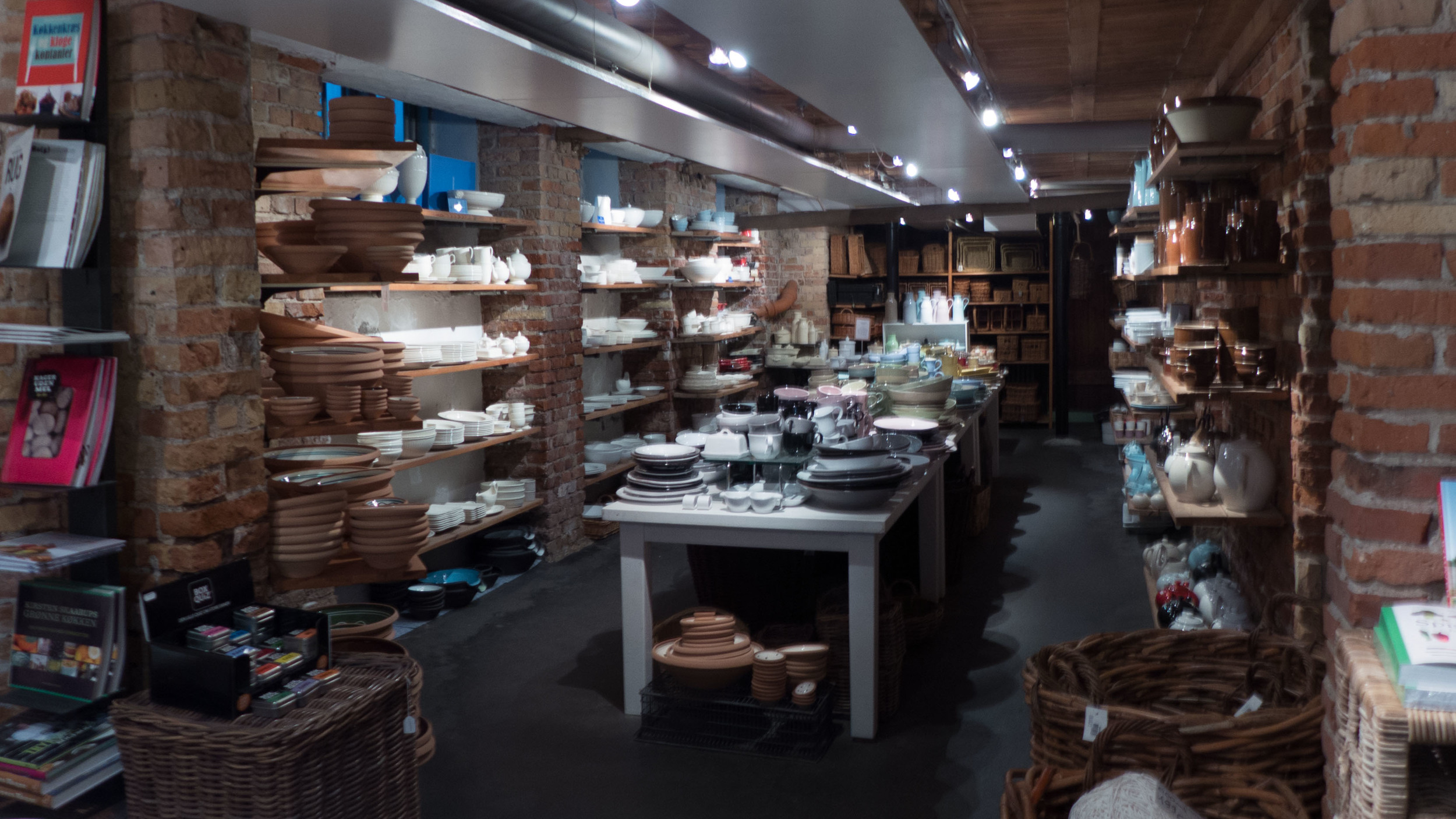Next Door
/
The full name of this shop in Østerbro is NEXT DOOR Recycle your rooms. Christine Løschenkohl Holm and Christine Heiberg sell furniture, ceramics, glassware and rugs and textiles mainly dating from the mid 20th century. The shop opened last summer but is already well established.
They have agents scouting for good pieces and they use an Instagram site and Squarepics and Iconosquare well as a very appropriate ways to show customers what has just arrived in the shop. The turn round of stock is rapid … I walk past here a couple of times a week to get to my local coffee shop or to look into Goods … and it is always beautifully arranged.
One really strong characteristic of Danish homes is the way that good design is mixed with skill to match Classic mid-century design with current pieces or to have starkly modern pieces of furniture in old rooms with panelling and ornate plasterwork or to use antique pieces in starkly modern glass and steel apartments.
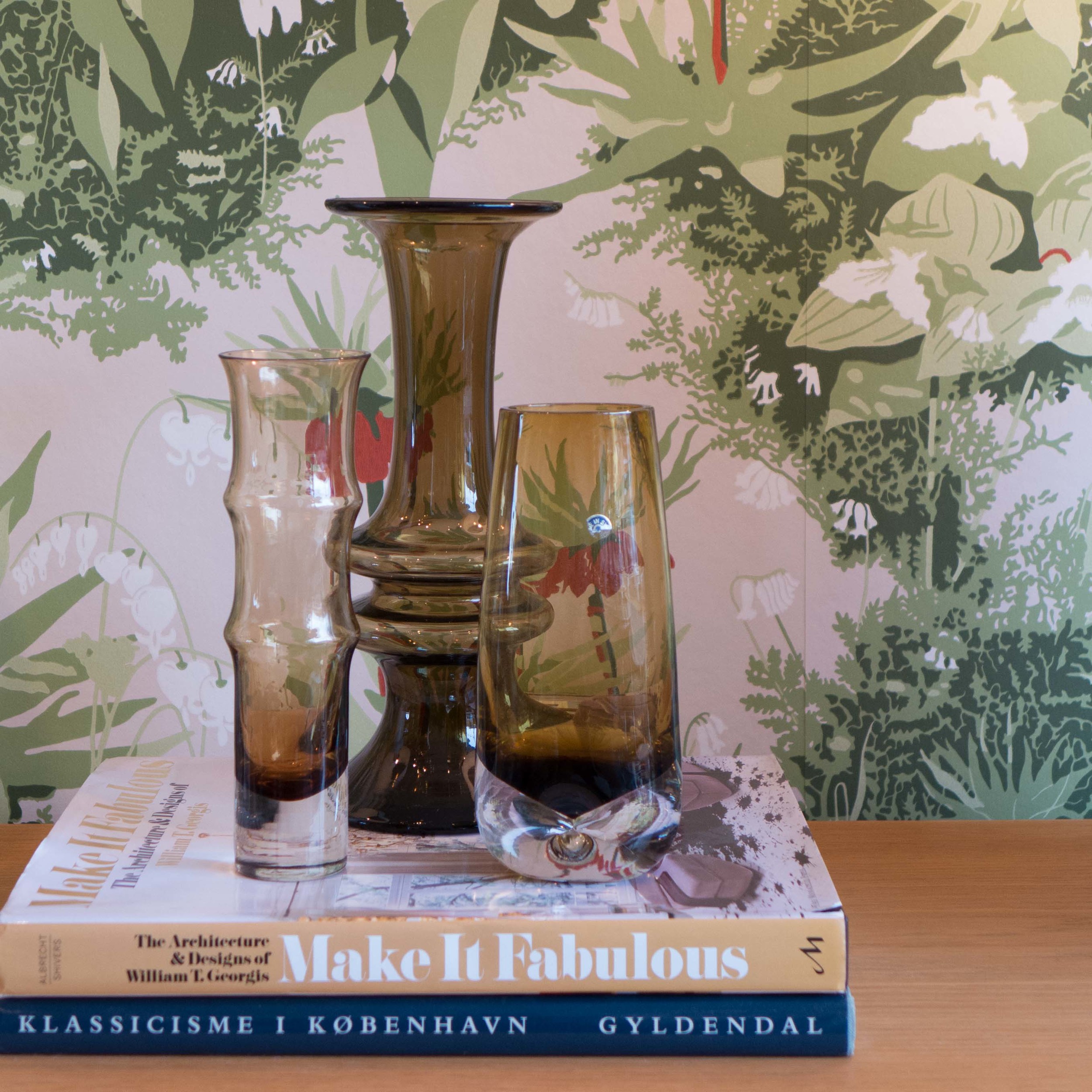
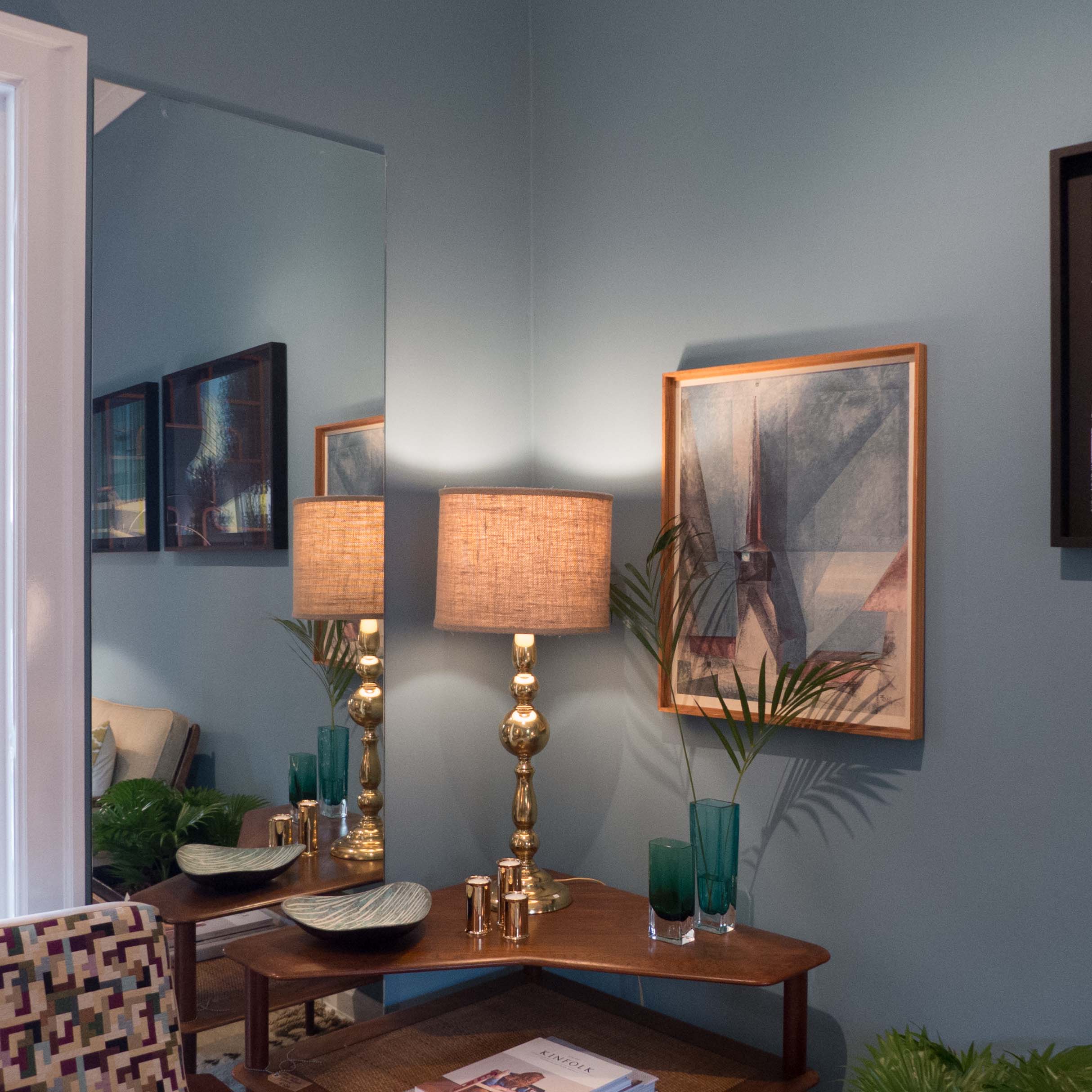
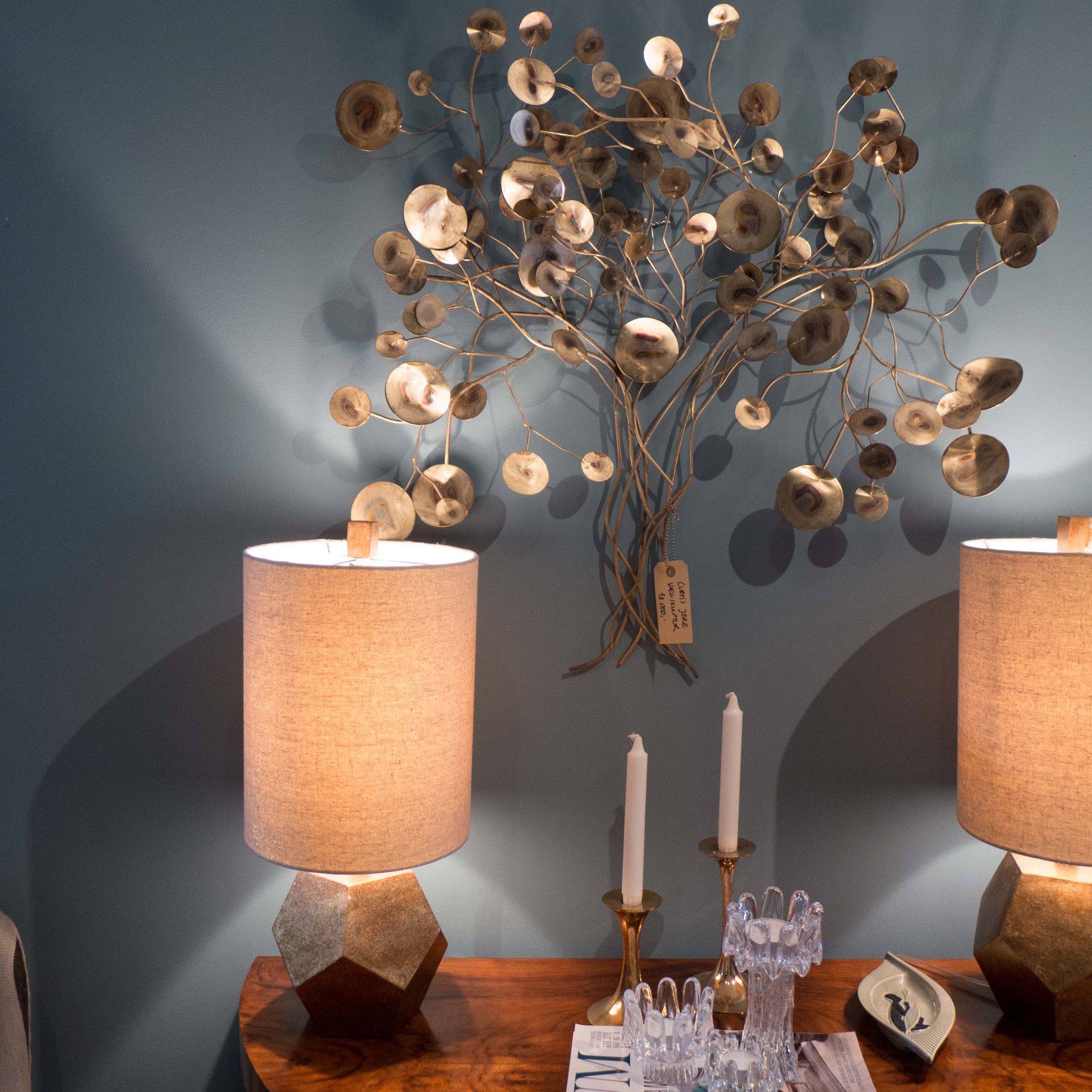
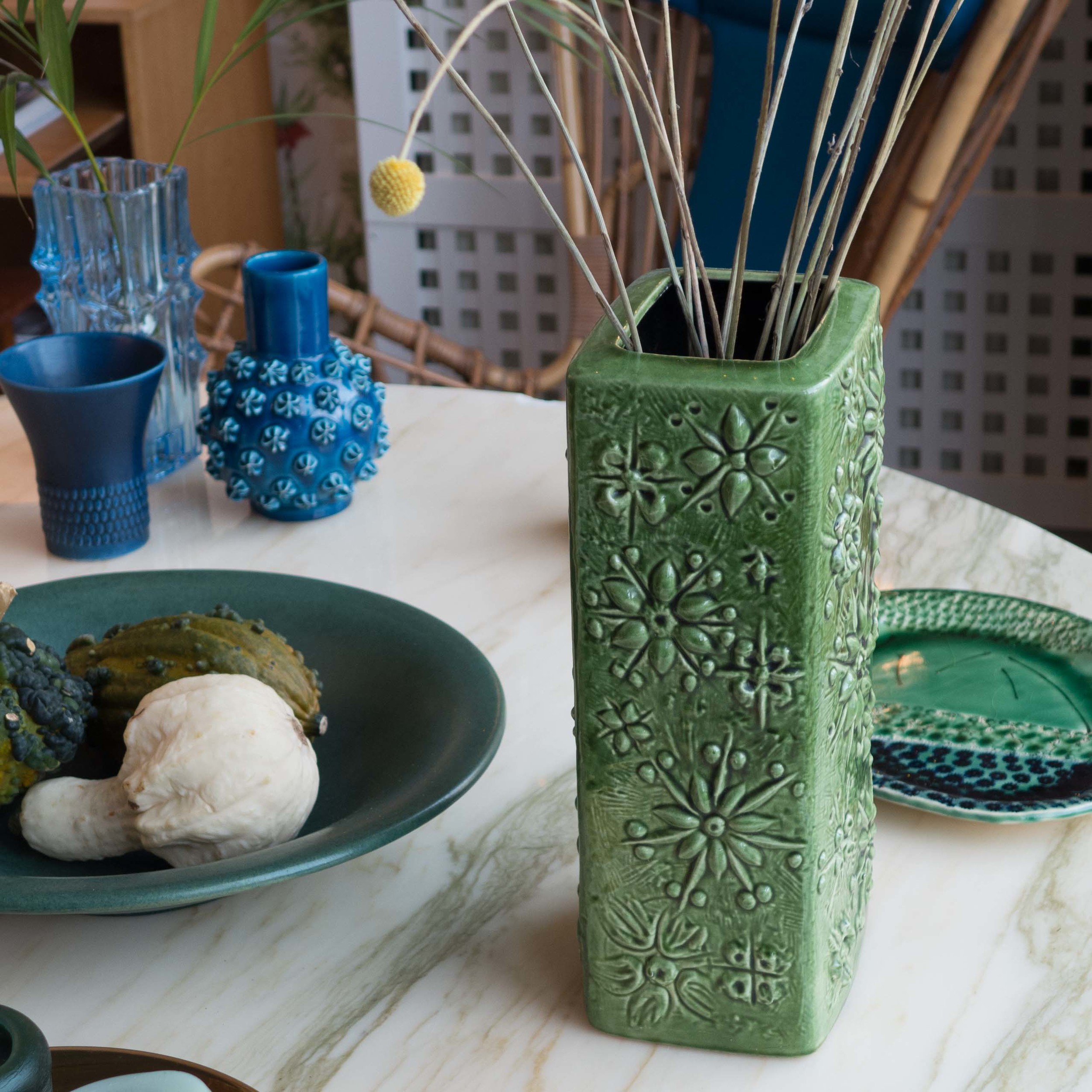
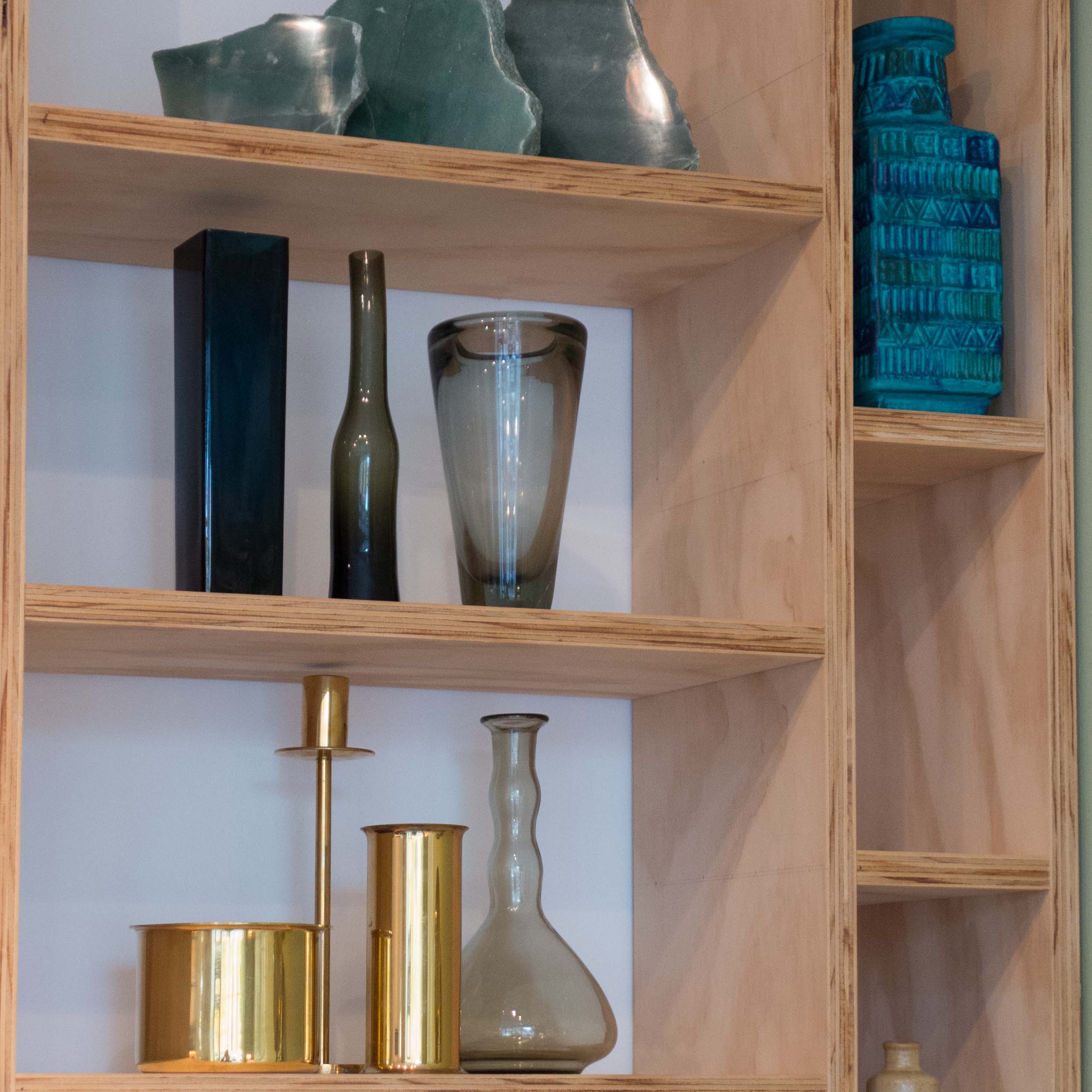
What is unusual at Next Door is the striking and confident use of strong colour and strong pattern that has not been a part of typical Danish design for many years. Probably the style is closer to that found in Sweden in shops like Svenskt Tenn in Stockholm. The team at Next Door told me that one aim for the shop is to encourage people to use colour and pattern with more confidence. To help they also offer a design and advice service.
Next Door Dag Hammardkjölds Alle 33, 2100 Copenhagen Ø



